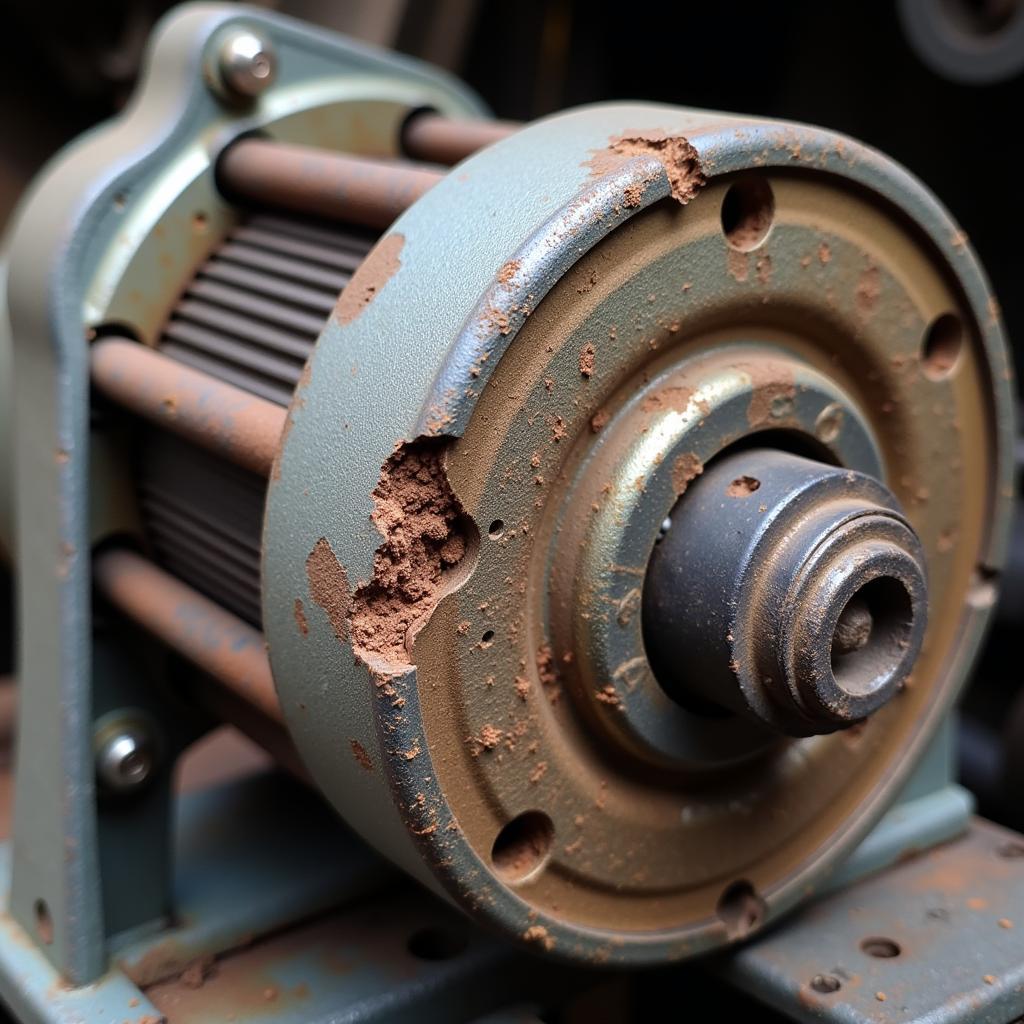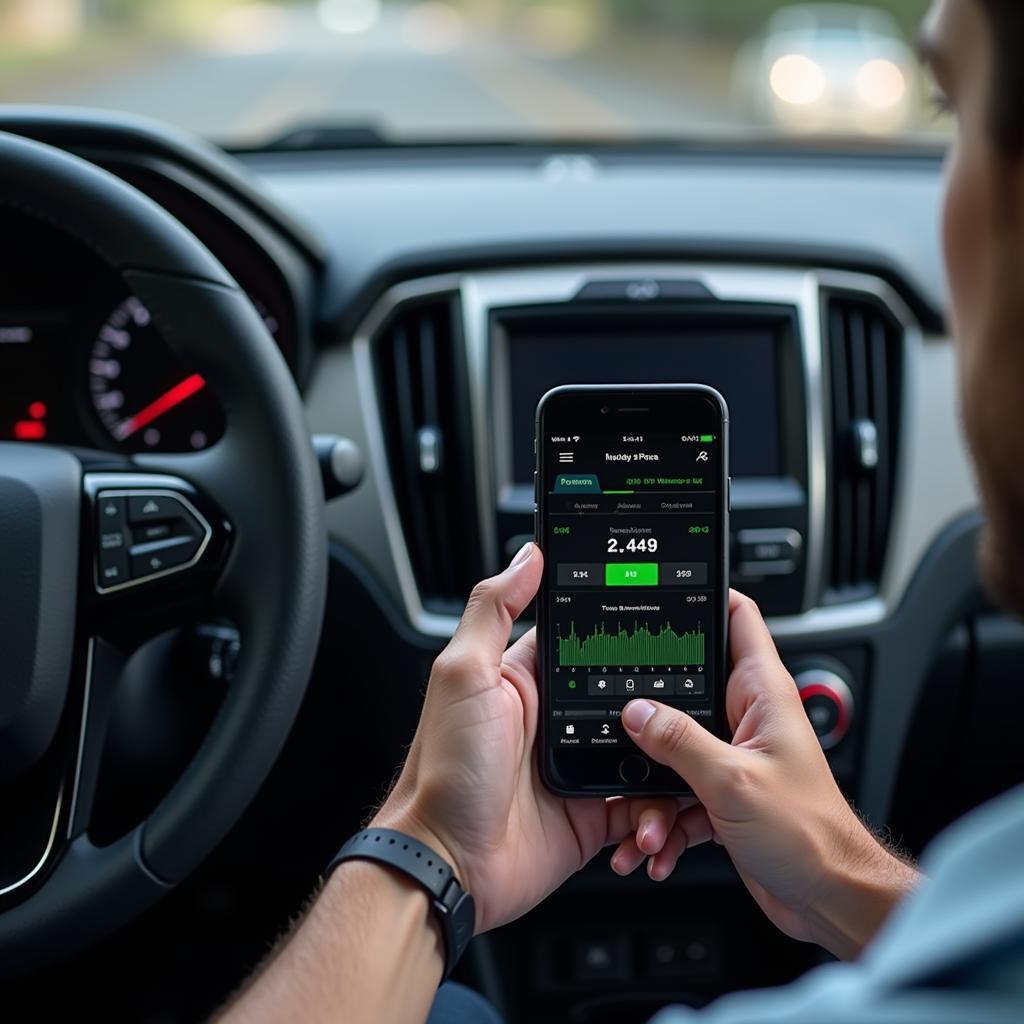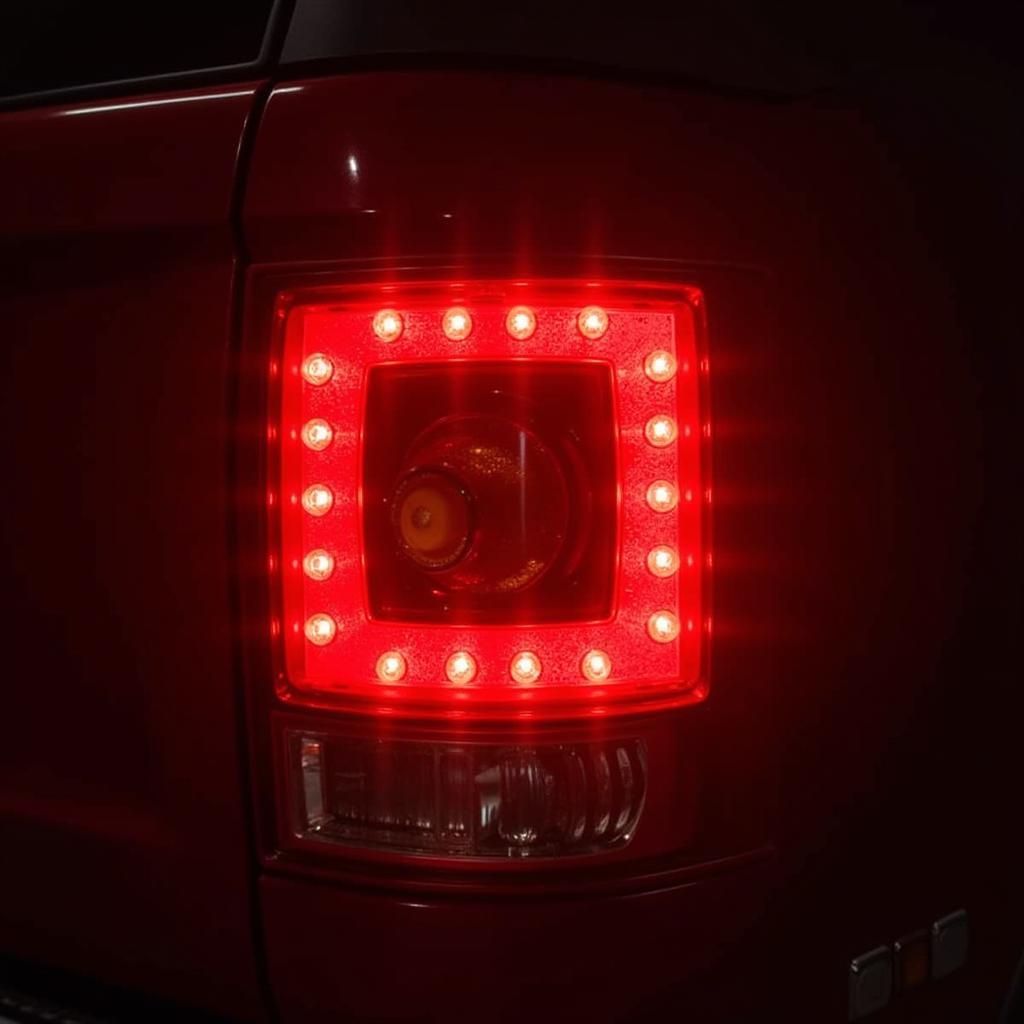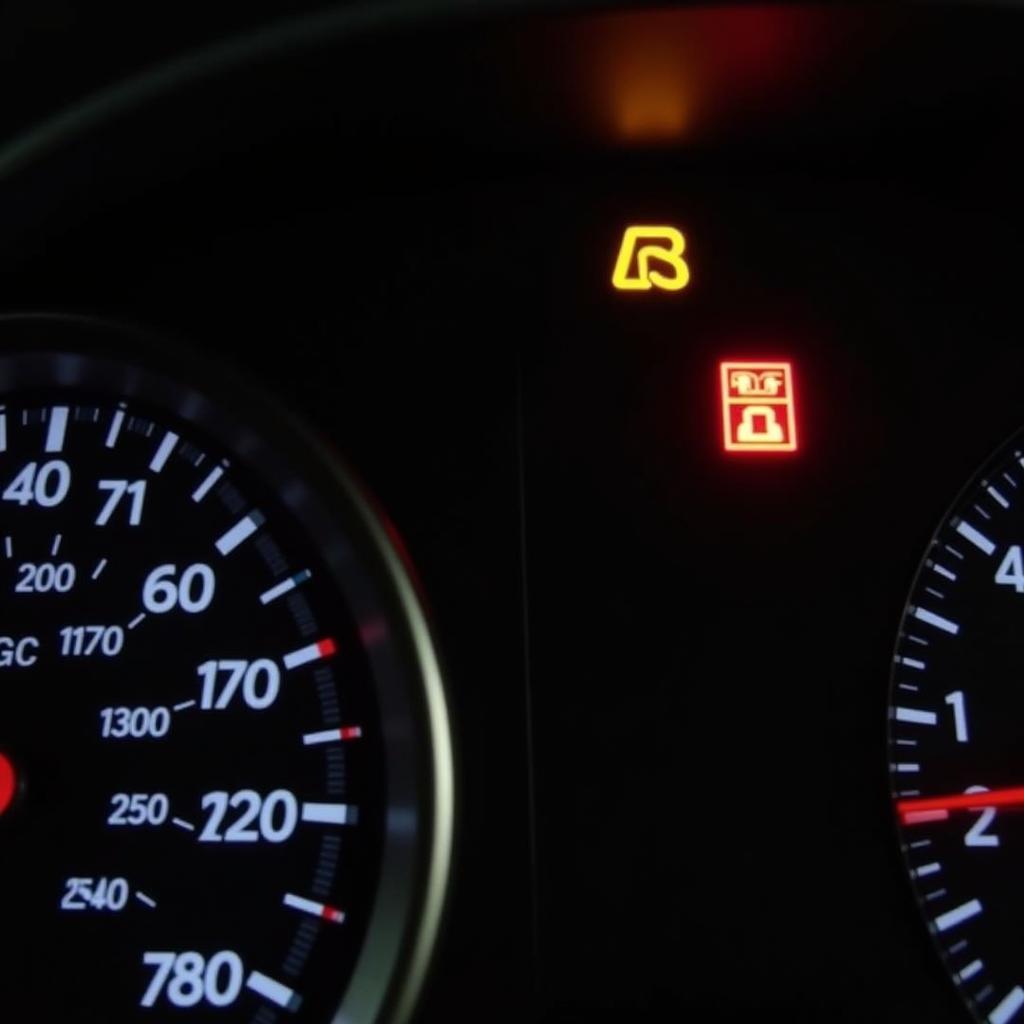Your car won’t start, even after a jump start? This can be incredibly frustrating. This comprehensive guide will walk you through common causes, diagnostic steps, and potential solutions for a car that refuses to start even with a jump start, empowering you to get back on the road.
Why Your Jump Start Failed: Exploring the Possibilities
A successful jump start usually indicates a dead battery. However, if your car still won’t turn over after receiving a jump, the problem lies elsewhere. Several culprits could be at play, from a faulty starter to more complex electrical issues. Let’s delve into the most common reasons why your jump start attempt was unsuccessful.
The Starter: The Heart of the Starting System
A malfunctioning starter motor is a frequent cause of starting problems. Even with sufficient power from the jump, a bad starter won’t crank the engine. Listen for a clicking sound when you turn the key. This could indicate a failing starter solenoid or a starter motor that’s drawing too much current.
 Faulty Starter Motor Symptoms and Diagnosis
Faulty Starter Motor Symptoms and Diagnosis
Fuel System Issues: Starving the Engine
A car needs fuel to run, even if it’s receiving a jump start. A clogged fuel filter, a malfunctioning fuel pump, or a faulty fuel injector can prevent the engine from getting the fuel it needs to ignite. Check for the smell of gasoline. If you can’t smell any fuel, it might indicate a fuel delivery problem.
Ignition System Problems: No Spark, No Start
The ignition system provides the spark that ignites the air-fuel mixture in the cylinders. A faulty ignition coil, distributor, or spark plugs can prevent the engine from starting, even with a good battery and starter.
Electrical Gremlins: Tracing the Current Flow
Electrical issues can be tricky to diagnose. A corroded or loose battery cable, a faulty alternator, or a damaged fuse can disrupt the flow of electricity, preventing the car from starting.
Diagnosing the Problem: A Step-by-Step Guide
Diagnosing car starting issues can seem daunting, but a systematic approach can pinpoint the culprit. Here’s a step-by-step guide to help you troubleshoot the problem:
- Check the Battery Connections: Ensure the battery terminals are clean, tight, and free of corrosion. Loose or corroded connections can prevent sufficient power transfer.
- Inspect the Starter: Listen for clicking noises when turning the key. This could indicate a bad starter. Try tapping on the starter motor with a wrench; sometimes, this can temporarily dislodge a stuck component.
- Examine the Fuel System: Check the fuel gauge, smell for gasoline, and listen for the fuel pump engaging when you turn the key.
- Inspect the Ignition System: Check for spark by removing a spark plug, connecting it to the ignition wire, and grounding it against the engine block. Have a helper crank the engine while you observe the spark plug for a strong blue spark.
- Check Fuses and Relays: Inspect the fuse box for blown fuses related to the starting system or fuel system.
Remote Diagnostics and Software Solutions
Modern vehicles rely heavily on software. Remote diagnostic services and software programming can often pinpoint the root cause of starting issues, especially those related to the car’s computer systems. These services can sometimes reprogram faulty modules and resolve software-related glitches preventing the car from starting.
 Remote Car Diagnostics using a Smartphone
Remote Car Diagnostics using a Smartphone
Expert Insights
“A common mistake people make is assuming a jump start will solve all starting problems,” says Alex Walker, a certified automotive technician with over 20 years of experience. “If the jump doesn’t work, further investigation is crucial.”
“Modern cars are complex systems. Remote diagnostics and software solutions can be invaluable for addressing issues that are beyond the scope of traditional troubleshooting methods,” adds Sarah Chen, an electrical engineer specializing in automotive systems.
Conclusion: Getting Back on the Road
A car not starting even with a jump start can be a sign of a more serious issue beyond a simple dead battery. By systematically checking the starter, fuel system, ignition system, and electrical components, you can often identify the culprit. Remember, remote diagnostic services and software solutions can provide valuable assistance in resolving complex issues. Don’t let a car that won’t start keep you stranded. With the right approach, you can get back on the road in no time.
FAQ
-
Can a bad alternator prevent a car from starting even with a jump? Yes, a faulty alternator can prevent the battery from charging properly, which can eventually lead to starting problems, even after a jump start.
-
What should I do if I suspect a fuel system problem? If you suspect a fuel system issue, it’s best to consult a qualified mechanic. Fuel system repairs can be complex and require specialized tools.
-
How can I tell if my starter is bad? A clicking sound when you turn the key is a common sign of a bad starter. Other symptoms include a grinding noise or the engine not cranking at all.
-
Are remote diagnostics expensive? The cost of remote diagnostics varies depending on the service provider and the complexity of the issue. However, it can often save you money in the long run by accurately diagnosing the problem.
-
Can I perform remote diagnostics myself? Some basic diagnostic tools are available for consumers, but more advanced remote diagnostics typically require specialized equipment and software accessible to trained technicians.
-
What if my car still won’t start after trying all these steps? If your car still won’t start after trying these steps, it’s essential to have it towed to a qualified mechanic for further diagnosis and repair.
-
How often should I have my car’s electrical system checked? It’s generally a good idea to have your car’s electrical system inspected as part of your regular maintenance schedule, typically every year or two.


